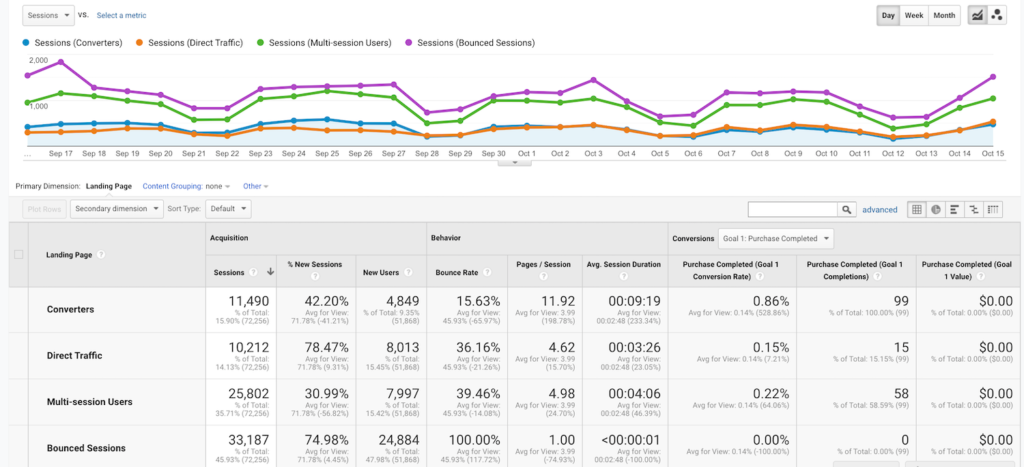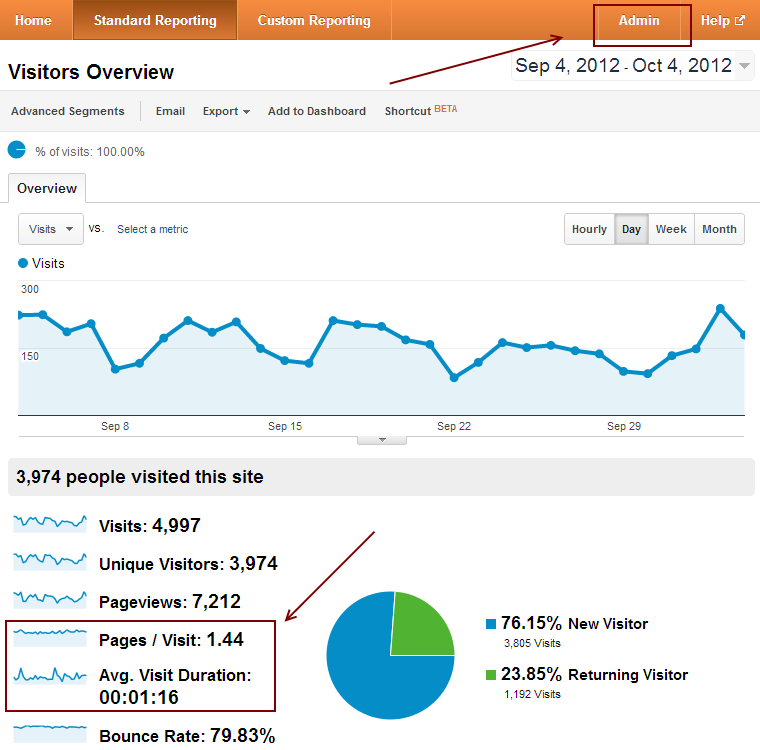What Data Is Google Analytics Goals Unable to Track: Vital Information
What Data Is Google Analytics Goals Unable to Track: Vital Information
Blog Article
Demystifying Google Analytics Limitations: Uncover What Data Goals Can not Track
In the world of digital analytics, Google Analytics stands as a powerful tool that gives beneficial insights into site performance and user behavior. Nevertheless, in the middle of its capacities, there exist restrictions that frequently go undetected. Recognizing what Google Analytics can not track is crucial for a detailed understanding of information analysis and decision-making processes. From the ins and outs of individual interaction with vibrant web content to the complexities of cross-device individual journeys, these limitations clarified locations that might continue to be obscured from conventional analytics viewpoints. By unwinding these constraints, a more clear photo emerges, permitting more educated techniques and improved understandings into individual interaction and conversions.

Individual Communication With Dynamic Content
User communication with dynamic material plays a crucial duty in comprehending user actions on web sites and maximizing the general customer experience. Dynamic content describes components on a web page that can alter without the need for a full page reload. This includes interactive components such as pop-ups, sliders, types, and video clips that reply to individual actions in real-time. By tracking user interactions with dynamic material, site owners can acquire beneficial understandings into user involvement, choices, and habits.
Google Analytics offers different devices to track customer interactions with dynamic web content, such as occasion monitoring and online pageviews. Event monitoring allows you to keep an eye on certain user activities, like clicking a switch or viewing a video clip, providing data on just how individuals engage with dynamic elements. Digital pageviews can be utilized to track communications that do not result in a new web page load, giving a thorough sight of customer interaction with vibrant content. By evaluating this information, website proprietors can make enlightened decisions to enhance individual experience and drive conversions.
Cross-Device Individual Journeys
Exactly how can modern analytics devices track the complicated paths users take across numerous devices in their on-line trips? Cross-device individual trips offer a substantial obstacle for monitoring and analyzing user behavior properly. As individuals connect with apps or websites making use of numerous gadgets such as smartphones, tablet computers, and desktops, it becomes critical to recognize just how they move between these platforms to maximize customer experience properly.
Google Analytics encounters restrictions in tracking cross-device user journeys because of privacy worries and technical restraints - what data is google analytics goals unable to track. While it can supply understandings into private tools' communications, tracking a smooth user journey across several devices remains an obstacle. This limitation can cause insufficient information and fragmented individual understandings, making it tough for companies to produce a unified sight of the client journey
To address this issue, services can use sophisticated analytics devices that offer cross-device monitoring capacities, enabling them to acquire a more holistic understanding of customer behavior. By leveraging these devices, services can link the gap in tracking cross-device user journeys and maximize their digital techniques for a seamless customer experience.
Offline Conversions and Acknowledgment
As services navigate the difficulties of tracking cross-device individual journeys, an additional essential element to consider is the world of offline conversions and acknowledgment in the world of information analytics. While Google Analytics offers beneficial insights right into pop over to this site on the internet customer actions, it drops short when it pertains to tracking conversions that take place offline. This restriction poses a substantial difficulty for businesses that have both online and offline sales networks.
Offline conversions, such as purchases made in physical shops or through call centers, are essential to recognizing the full client journey. Without the capacity to attribute these offline conversions to specific online interactions, companies may struggle to properly determine the influence of their digital advertising and marketing initiatives.
To resolve this void, companies can explore alternate remedies such as integrating CRM systems with on the internet analytics tools or using distinct promotion codes that can be traced back to on-line campaigns. By linking the void between online and offline data, companies can gain a much more detailed understanding of their customers' habits and improve their overall advertising and marketing methods.
Person User Recognition
In the realm of information analytics, the capability to properly identify private customers across different online touchpoints is an essential obstacle for businesses looking for to customize and maximize their advertising methods. While Google Analytics gives useful understandings into customer behavior and communications, it drops brief in enabling the identification of particular people as a result of personal privacy this content issues and technical limitations. Google Analytics uses unique identifiers such as cookies to track customer sessions and behavior, however these do not correspond to recognizing private customers in an individual feeling.

Information From Secure Pages
In spite of the increasing frequency of safe and secure web pages on websites, acquiring data from these encrypted resources presents an unique challenge for electronic analytics platforms like Google Analytics. Safeguard pages, indicated by HTTPS in the URL, secure information exchanged in between the user's browser and the website's web server to ensure privacy and safety and security. While this security is important for safeguarding sensitive info, it likewise postures restrictions for tracking individual actions and gathering analytics data.
Google Analytics faces obstacles in collecting thorough information from safe web pages as a result of the file encryption procedures in place. Because of this, certain information points such as recommendation resources, keyword searches, and also some user communications may not be fully caught when customers access a web site via a secure connection. This constraint can impact the accuracy and efficiency of the information evaluation, resulting in gaps in recognizing customer actions and choices on safe pages.
To navigate this obstacle, electronic experts might need to check out alternate monitoring techniques or take advantage of various other devices especially made to gather insights from safe pages. By adjusting approaches to fit these limitations, companies can still obtain beneficial analytics in spite of the constraints provided by encrypted connections.
Final Thought
In verdict, Google Analytics has limitations in tracking user communication with vibrant web content, cross-device customer journeys, offline conversions, specific user identification, and data from secure web pages. Regardless of its useful insights, Google Analytics may not provide a total image of individual engagement throughout various touchpoints.
Individual interaction with vibrant web content plays an important role in understanding user actions on go to this site sites and maximizing the total customer experience. By tracking user communications with dynamic web content, internet site owners can get useful understandings into individual engagement, choices, and behaviors.
Google Analytics utilizes distinct identifiers such as cookies to track individual sessions and habits, but these do not relate to determining individual customers in an individual sense.
As a result, specific data points such as reference sources, keyword searches, and also some customer interactions may not be completely caught when customers access a web site with a secure link.In verdict, Google Analytics has restrictions in tracking customer interaction with dynamic web content, cross-device user trips, offline conversions, specific user recognition, and information from safe web pages.
Report this page